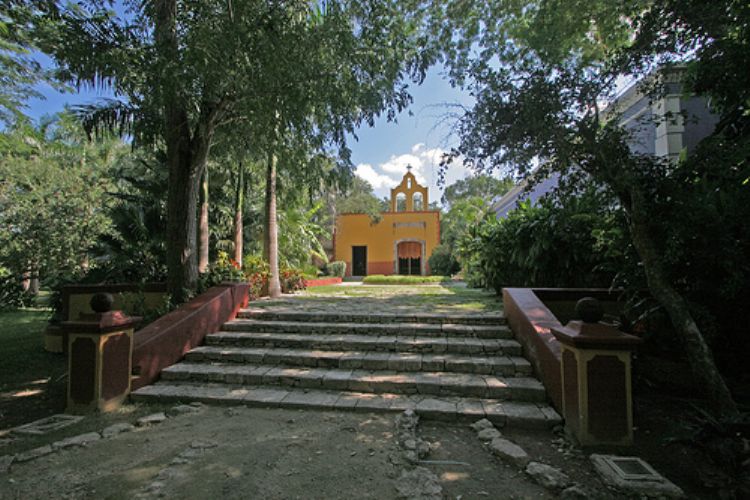Campeche's City Historic Center
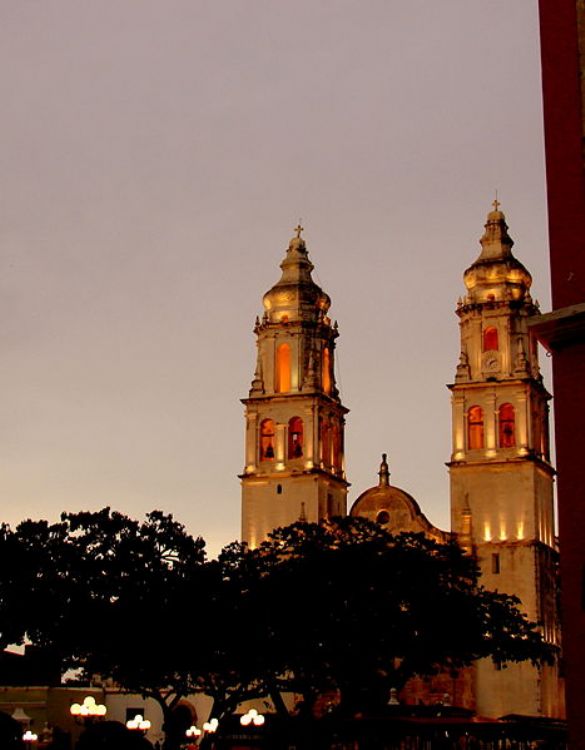
Upon the arrival of the Spanish, many of the sites economically developed into urban centers, obeying the predominating architectural styles of European cities. This kept the tradition of recognizing as population centers those where a church and government buildings were established.
The cityâs tracing obeys a reticular design, with a distribution of military, religious and civil buildings in colonial baroque style. The plazas then concentrated the economical, political and public activities. The city of Campeche still preserves this tradition, having as a symbol of the historic center a column that emerges as evidence of Spanish domain. This serves as a landmark for the constructions hosting the political powers, symbolically sharing their space and domain with the Church, also represented here by the Parroquia de Nuestra Señora de la Purísima Concepción, and with time becoming the Cathedral.
The Historic Center of Campeche offers a panoramic view of the past, through which you can contemplate the commercial, political and cultural life of each building, with an architecture that changed styles as the artistic influences reached this place.
This great economic dynamic led to a civil architecture characterized by vast interior spaces, materials and designs corresponding to the placeâs climate; colonial ironwork and houses of great dimensions are characteristic. These constructions cover not only an architectural interest, but also historic, which motivated their restoration, many of which are still commercial premises, culture centers, restaurants and book stores receiving tourists throughout the year.
Outstanding, for example, are Casa 6 located on Calle 57 and La Mansión Carvajal found on Calle 10, dating from the XVII and XIX centuries respectively, the latter was decorated with arches predominating in other constructions influenced by the styles of Islamic art in Spain.
Other buildings worth visiting are Teatro Francisco de Paula Toro and the municipal archive located on Calle 63. All constructions in the Historic Center have on their façades, inner patios, roofs and gardens the spirit of Campeche for the centuries of Spanish Colony and the later independent life of the country, times full of elegance and European styles that left their mark on the colonial architecture of the XIX century. Common among them is the use of iron, marble and half arches, as well as the preference for terraces and gardens that still decorate their interiors.
The cityâs Plaza was constructed in the XVI century and has received many names such as Plaza Mayor, Plaza de la Constitución and Plaza de la Independencia, all referring to it as a symbolic space in the history of Campeche.
Current tourist attractions are Palacio Municipal, Library of Campeche and the public offices of the cityâs first area. You should also visit the Coastal Avenue with many viewpoints, which paved the way for the Stateâs modernity.
Among religious architecture, the most representative building, of course, is the Cathedral, located alongside the Plaza Principal on Calle 55, with its great clock carved in stone. Following the style of European cathedrals, it has a cross plant, of a single nave sectioned by quarry arches. The nave ends at the presbytery and greater altar. During that era, marble finishes were common, in this case in white and black, and the tiles on the walls were made by artisans from the State of Puebla.
All of these wonderful places transmit to visitors the spirit of Colonial Campeche and of independent life during historical moments of great importance for the State and the country.
Artículo Producido por el Equipo Editorial Explorando México.
Copyright Explorando México, Todos los Derechos Reservados.
Foto: Wikipedia


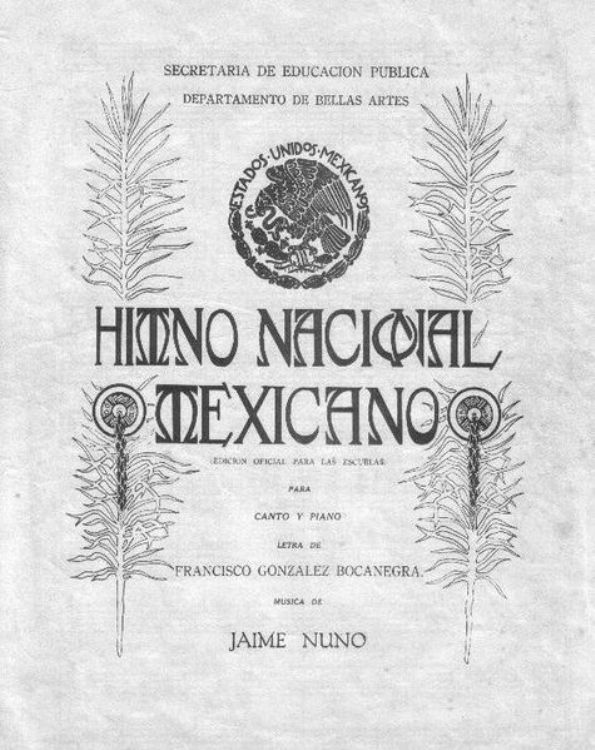
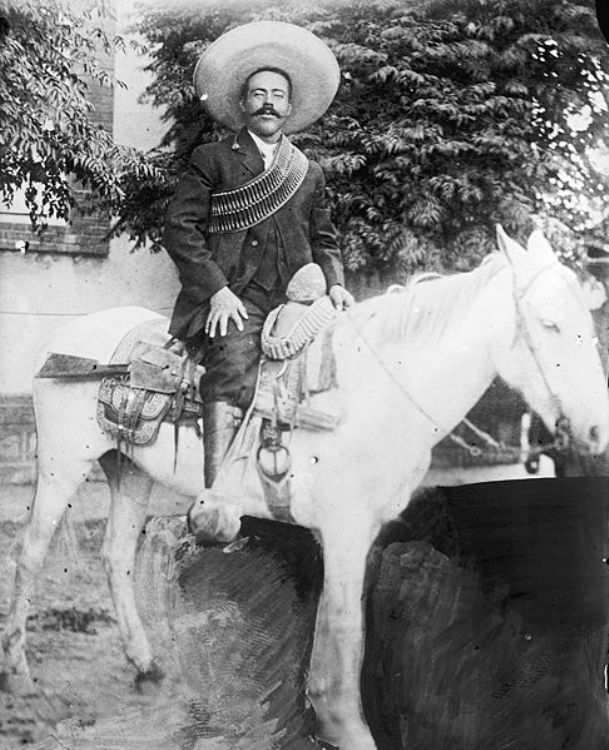
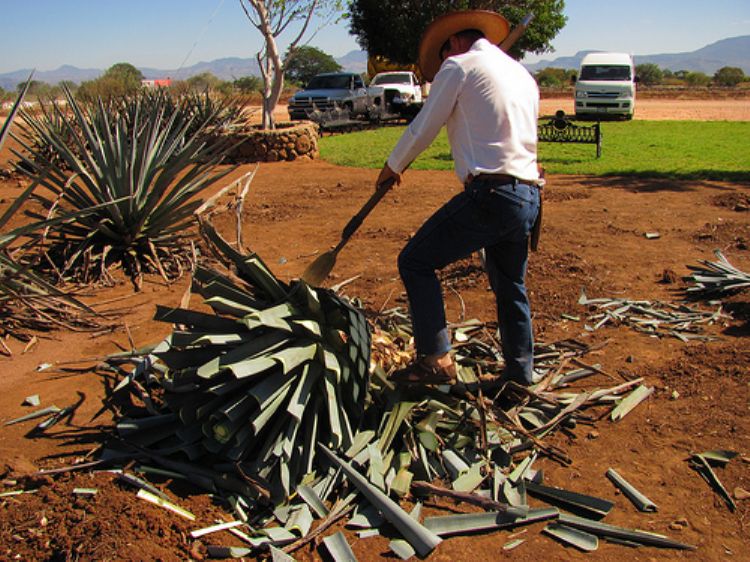
.jpg
)
